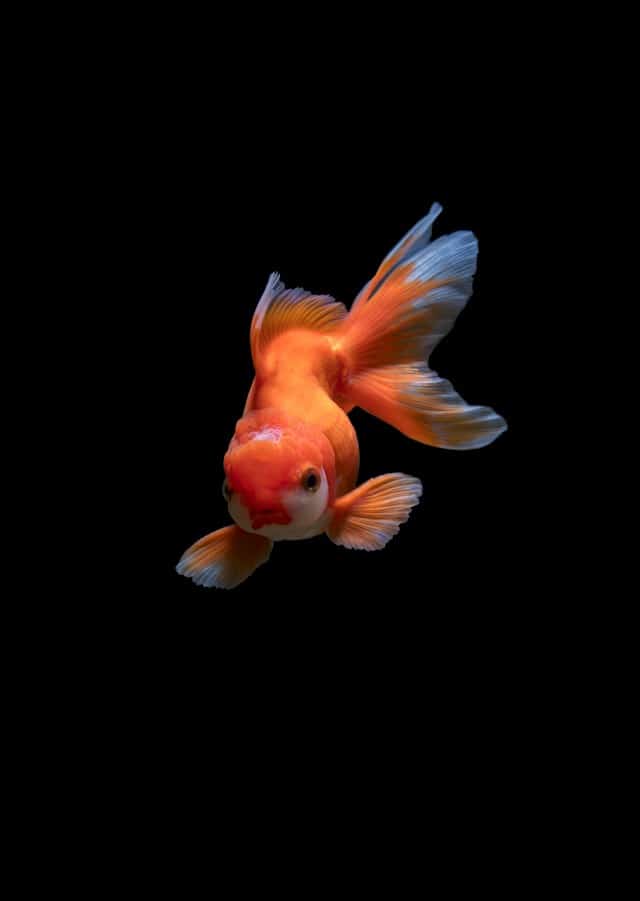Getting kids interested in marine life can be a great way to engage them with nature and teach them about responsibility. But how do you add an aquarium to a child’s room without risking safety or overwhelming them? Let us walk you through a step by step guide to help you create a safe and exciting underwater world for your young ones.
1. Choosing the Right Aquarium
Before you get started, it’s essential to choose the right aquarium. The size and material of the tank will play a crucial role in its safety and maintenance.
Cela peut vous intéresser : Different types of cat litter
Size of the Tank:
A tank that holds 10 to 20 gallons of water is usually a good starting point. Tanks in this range are large enough to accommodate a variety of fish and aquarium plants, but not so large that they become difficult to manage or pose a safety risk.
Material of the Tank:
Aquariums are typically made from either glass or acrylic. While glass is more scratch-resistant, it is also heavier and more prone to breaking if knocked over. Acrylic, on the other hand, is lighter and more durable, making it a safer option for a child’s bedroom.
A lire aussi : What’s the Process for Acclimating a Rescue Horse to a New Stable?
2. Positioning the Aquarium
The next step is to decide where to position the aquarium in the room. This is another critical safety consideration.
- Avoid High Traffic Areas: Don’t place the tank where it could easily be knocked over or bumped into by people passing by.
- Stay Away from Heat Sources: Ensure the aquarium is not near radiators, heaters, or sunny windows, as these can cause the water temperature to fluctify, stressing the fish.
- Look for a Stable Surface: The surface where the aquarium will be placed needs to be sturdy enough to hold the weight of the tank once it’s filled with water and gravel.
3. Setting Up the Tank
Once you’ve chosen the correct tank and found the perfect spot, the next step is setting it up. This involves adding gravel, installing equipment, and filling it with water.
Adding Gravel:
A layer of gravel about two inches deep should be added to the bottom of the tank. This will act as a substrate for live plants and a beneficial bacteria colony that helps filter the water.
Installing Equipment:
Next, add a heater and a filter. The heater will keep the water temperature stable, and the filter will help keep the water clean by removing waste and harmful toxins.
Adding Water:
When pouring in the water, be sure to do so gently to avoid disturbing the gravel. Then, let the tank run with just the water and equipment for at least a week before adding any fish or plants. This will give time for the water to reach the correct temperature and for the filter to start doing its job.
4. Introducing Fish and Plants
After the tank is set up and the water has had time to settle, you can start adding fish and plants.
Choosing the Fish:
When selecting fish, choose species that are hardy and easy to care for, like guppies or tetras. Make sure not to overcrowd the tank; a good rule of thumb is one inch of fish per gallon of water.
Adding Live Plants:
Plants not only add visual interest to an aquarium, but they also provide hiding places for fish and help keep the water clean by absorbing excess nutrients.
5. Maintaining the Aquarium
A well-maintained aquarium is a safe aquarium, so the final step is learning how to keep the tank clean and the fish healthy.
Checking Water Parameters:
Regularly test the water for pH, ammonia, nitrite, and nitrate levels. This will help ensure the water is safe for your fish.
Cleaning the Tank:
About once a month, use a siphon to remove about 20% of the water and replace it with dechlorinated water. This will help keep the water clean without stressing the fish by changing too much water at once.
Installing an aquarium in a child’s bedroom can be a fun and educational experience. By choosing the right tank, positioning it safely, setting it up correctly, carefully introducing fish and plants, and maintaining it properly, you can create a beautiful, safe, and exciting underwater world that will fascinate your child for years to come.
6. Gradual Introduction of Fish to the Tank
After setting up your child’s aquarium, the next task is to introduce the fish to their new home gradually. This is a critical step as sudden changes in environment can stress the fish, potentially causing them to become ill.
Acclimatization:
The first thing to remember during this aquarium step is to acclimate the fish to the tank water. Fish are sensitive to changes in water parameters like temperature and pH. To acclimate them, float the bag with the fish in the tank for 15-20 minutes, allowing them to adjust to the water temperature. Then, gradually add small amounts of tank water to the bag over a period of about an hour. This will help the fish adapt to the pH of the aquarium water.
Releasing the Fish:
After acclimatization, carefully release the fish into the tank. The best method is to gently tip the bag, allowing the fish to swim out at their own pace. Remember not to pour the bag’s water into the tank as this can introduce unwanted elements to your aquarium.
Feeding:
In the beginning, the fish may not eat much due to the stress of moving. Feed them a small amount of food to see if they show interest. If not, remove the uneaten food to prevent it from fouling the water and try again later. After a few days, the fish should start eating regularly.
7. Additional Equipment for Aquarium Maintenance
Maintaining an optimal environment for your fish requires additional pieces of equipment that enhance their comfort and the aquarium’s appeal.
Air Pump:
An air pump is a useful device to add to your child’s fish aquarium. It aids in circulating tank water and adding much-needed oxygen for the fish.
Aquarium Stand:
Consider getting an aquarium stand. It provides a sturdy and level base for the fish tank, reducing the risk of it being knocked over.
Lighting:
Proper lighting is essential, especially if you have live plants in the tank. It enhances the aquarium’s aesthetics and supports plant growth.
Conclusion
In conclusion, introducing an aquarium to your child’s bedroom can serve as a fun and educational tool. It’s a chance for them to learn about different species of fish, their habitat, and the importance of responsibility. Following the steps outlined in this guide, you can ensure the setup process is safe, efficient, and enjoyable for both you and your child.
Remember, the key to a successful freshwater aquarium is patience, attention to detail, and regular maintenance. From choosing the right tank and location, setting it up correctly, to gradually introducing the fish and plants, each tank step helps create a safe and thriving environment for your aquatic pets.
Regular water changes, checking water quality, and cleaning the tank will ensure the longevity and health of your child’s underwater world. With time, an aquarium can become a captivating spectacle in your child’s room, providing hours of tranquil enjoyment and sparking a lifelong love for marine life. And who knows? This could be the first step towards nurturing a future marine biologist!











